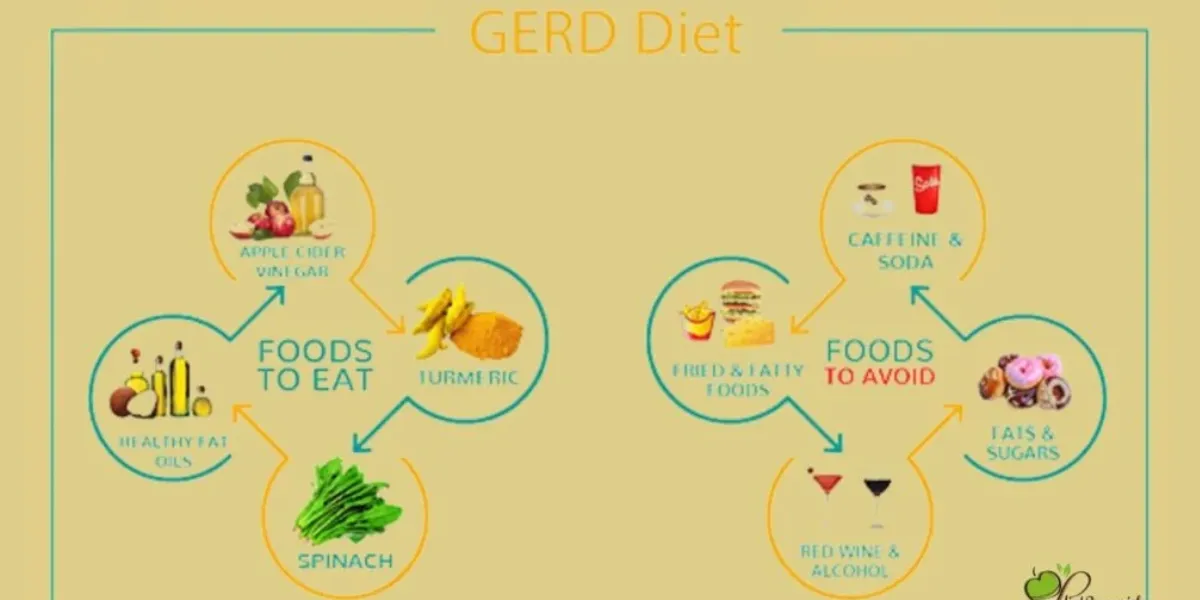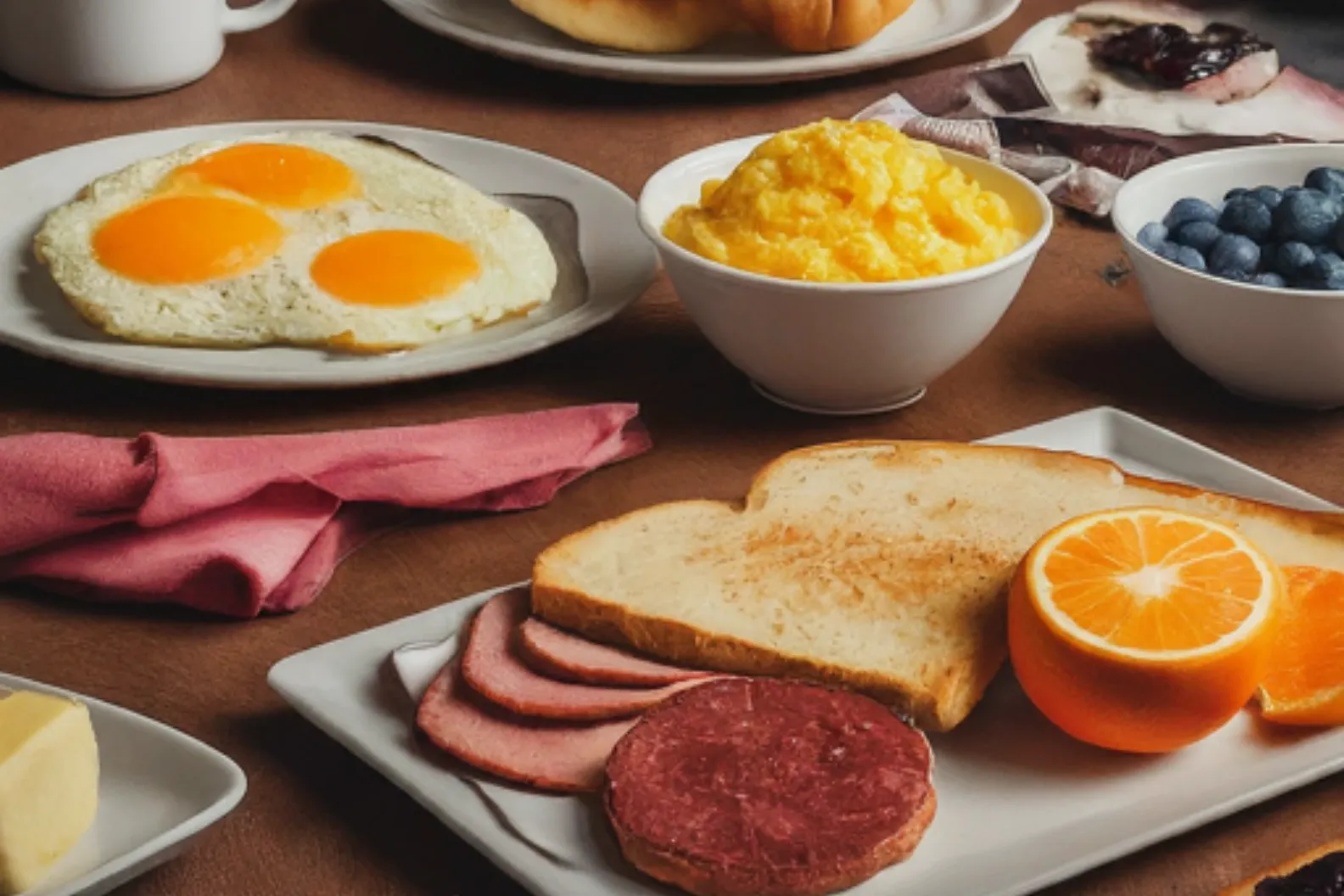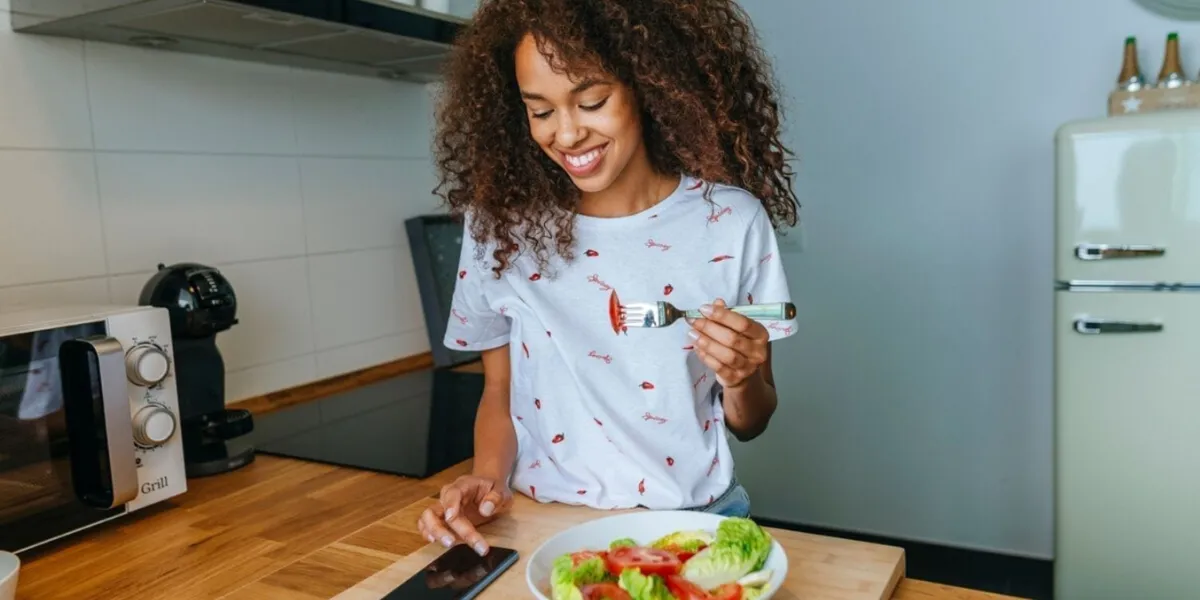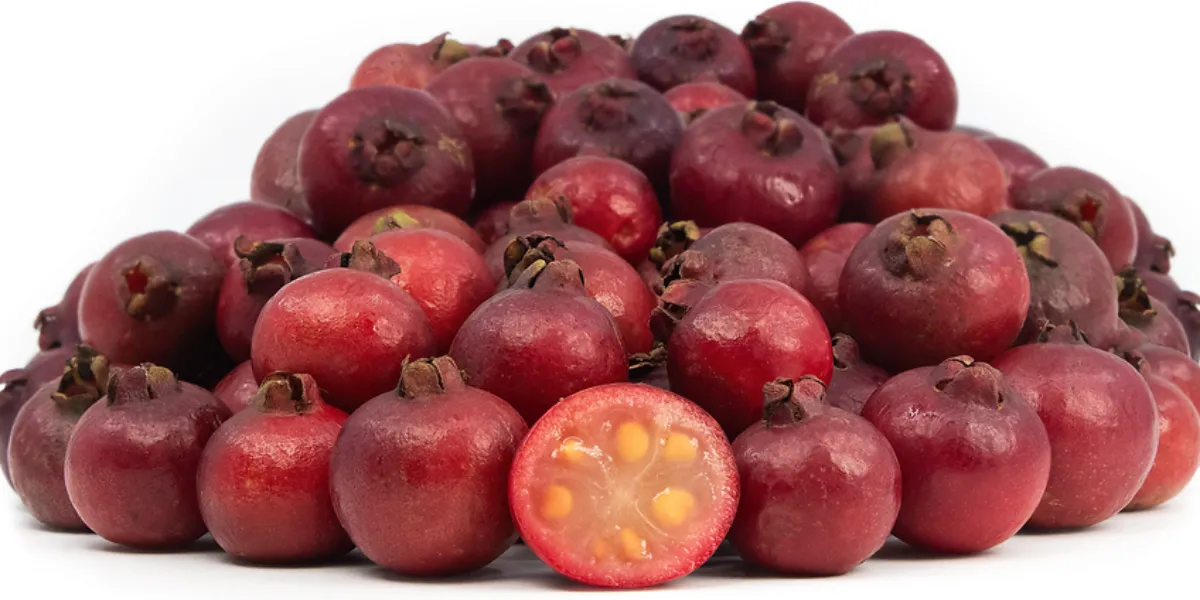Guava, a tropical delight with a sweet and tangy flavor, is a popular fruit enjoyed worldwide. But how do you know when a guava is ripe and ready to eat? Unlike some fruits with clear color changes, guavas can be a little trickier. Fear not, guava enthusiast! This guide will equip you with all the knowledge you need to identify a perfectly ripe guava.
Table of Contents
ToggleSigns of a Ripe Guava
There are several key ways to determine if a guava has reached its peak ripeness:
- Color: Guavas come in various colors, but generally, they transition from a bright green to a lighter shade as they ripen. Look for yellow-green skin, sometimes with a hint of pink or red. Avoid completely green guavas, as they will be tart and unripened.
- Softness: Give the guava a gentle squeeze. It should yield slightly to your touch but not feel mushy. A rock-hard guava is unripe, while a very soft one might be past its prime.
- Aroma: A ripe guava will have a sweet, musky fragrance that’s noticeable without having to hold it close to your nose. If there’s no scent, the guava is likely unripe.
Pro Tip: When looking at color, consider the specific guava variety. For instance, yellow guavas ripen to a deeper yellow, while strawberry guavas develop a reddish blush.
A Tale of Two Guavas: Ripe vs. Unripe
Here’s a quick comparison to help solidify the signs of a ripe guava:
| Feature | Ripe Guava | Unripe Guava |
|---|---|---|
| Color | Yellow-green, sometimes with a hint of pink | Bright green |
| Softness | Yields slightly to gentle pressure | Firm and hard |
| Aroma | Sweet, musky fragrance | No noticeable scent |
10 FAQs About Ripe Guavas
- Can I ripen guavas at home? Absolutely! If you find mostly green guavas at the store, you can let them ripen at room temperature for a few days. Place them in a brown paper bag to trap the ethylene gas, which aids in ripening.
- How long will ripe guavas last? Unfortunately, ripe guavas are quite perishable. Enjoy them within a day or two of purchase. You can store them in the refrigerator for a few extra days, but the texture will soften further.
- What if my guava is too hard? If your guava is completely green and firm, it might take a while to ripen. Consider using it in dishes where a tart flavor is desired, such as chutneys or salsas.
- What if my guava is too soft? A very soft guava might be overripe. If there are no blemishes or unpleasant odors, you can still use it in smoothies or jams. However, discard any guavas with bruises or a foul smell.
- How can I tell the difference between guava varieties? The easiest way is by color. Yellow and lemon guavas have yellow skin, while strawberry guavas have a reddish hue. Research the specific variety you encounter to get a better understanding of its ripe appearance.
- Should I cut off the blemishes on the guava? Small, superficial blemishes are usually harmless. You can simply cut them away before eating the guava. However, discard any fruit with large bruises or soft spots.
- Can I eat the guava peel? Guava peel is edible, but it can be a bit tough and bitter. You can remove it with a paring knife or vegetable peeler, or simply eat the flesh and discard the peel.
- What are the best ways to enjoy ripe guavas? The possibilities are endless! Eat them fresh, slice them for salads, or use them in smoothies, jams, or pies. Guava also pairs well with cheeses and can be a delightful addition to savory dishes.
- Are there any health benefits to eating guavas? Guavas are packed with vitamin C, fiber, and antioxidants. They are known to boost the immune system, aid digestion, and promote healthy skin.
- Where can I find guavas? Guavas are typically available in the produce section of grocery stores, especially during the warmer months. Look for them near other tropical fruits like mangoes and papayas.
What is Guava Juice’s Real Name?
Guava Juice’s real name is Roi Fabito.
How Old is Roy in Guava Juice?
As of 2022, Roi Fabito, known as Guava Juice, was born on August 21, 1991. Therefore, his age can vary depending on the current year.
How Old Are ROI and Alex?
Roi Fabito (Guava Juice) and Alex Wassabi (Alex Burriss) are both content creators and friends. As of 2022, Roi Fabito is in his early thirties, while Alex Wassabi was born on March 28, 1990, making him slightly older than Roi.
How Much Does Guava Juice Make a Year?
Exact figures regarding Guava Juice’s annual earnings may vary, as they depend on various factors such as ad revenue, brand deals, merchandise sales, and other sources of income. However, as a successful YouTuber with millions of subscribers and a significant online presence, Guava Juice’s annual income is estimated to be substantial.
What is a Fun Fact About Guava Juice?
A fun fact about Guava Juice is that his YouTube channel originally started as a gaming channel. Over time, he transitioned to creating content focused on challenges, experiments, DIYs, and entertaining videos for his audience, ultimately gaining millions of subscribers and becoming one of the most popular creators on the platform.
What is the Origin of Guava Juice?
Guava juice originates from the guava fruit, which is native to tropical regions of Central America, South America, the Caribbean, and certain parts of Asia and Africa. The juice is typically made by blending or juicing ripe guavas and can be enjoyed fresh or used in various culinary applications.
Which Country is Famous for Guava Fruit?
Several countries are known for their cultivation and production of guava fruit, including India, Brazil, Mexico, Thailand, Pakistan, and the Philippines. These countries have ideal climates for guava cultivation and produce a significant portion of the world’s guava supply.
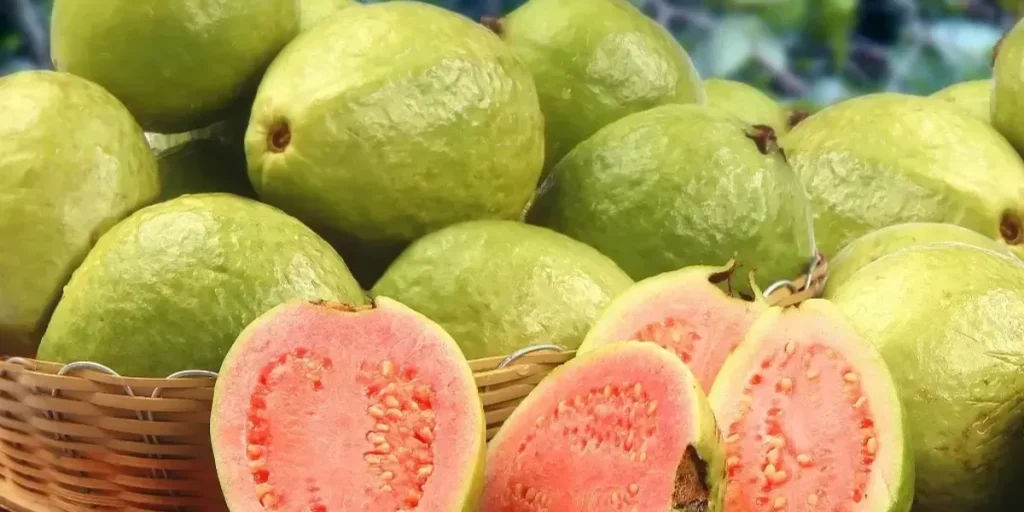
Who Invented Guava?
Guava is a fruit that has been enjoyed for centuries, and its exact origins are not attributed to a single inventor. The guava plant (Psidium guajava) is believed to have originated in Central America and was later introduced to other tropical regions around the world.
Why is Guava Juice Pink?
Guava juice can vary in color depending on the variety of guava used and the processing methods employed. Some guava varieties, such as pink or red-fleshed guavas, naturally produce pink juice due to the presence of pigments such as lycopene and carotenoids in the fruit’s flesh. These pigments contribute to the pink hue of the juice and provide additional health benefits, including antioxidant properties.


